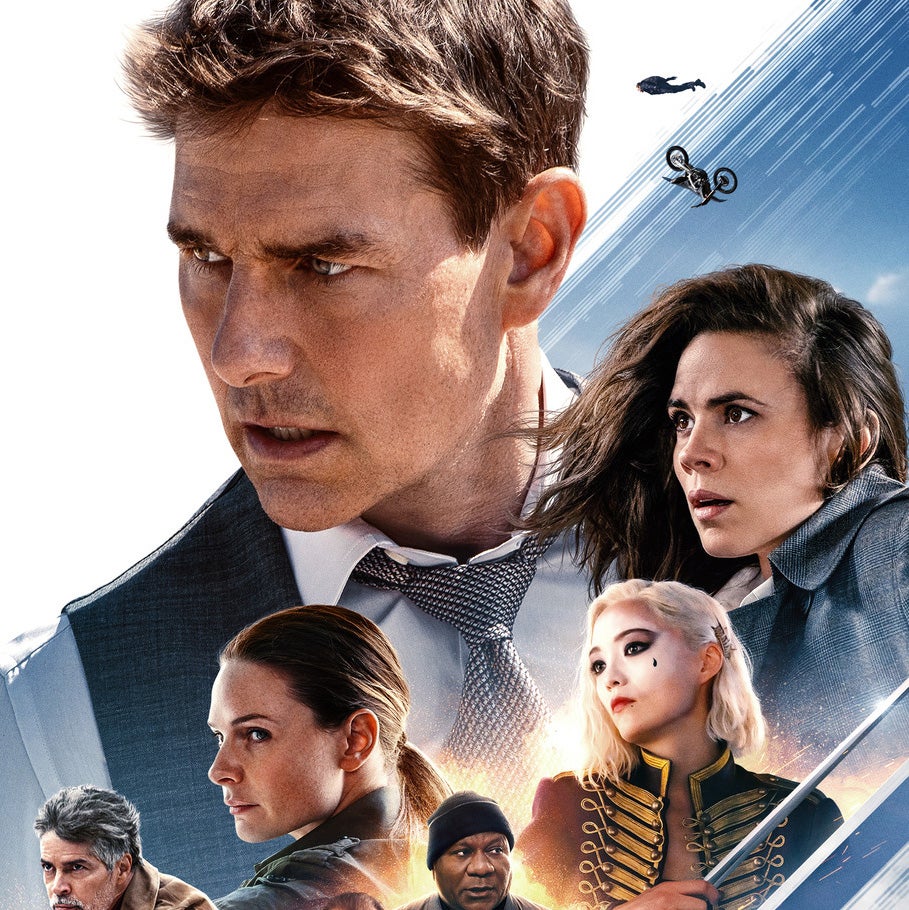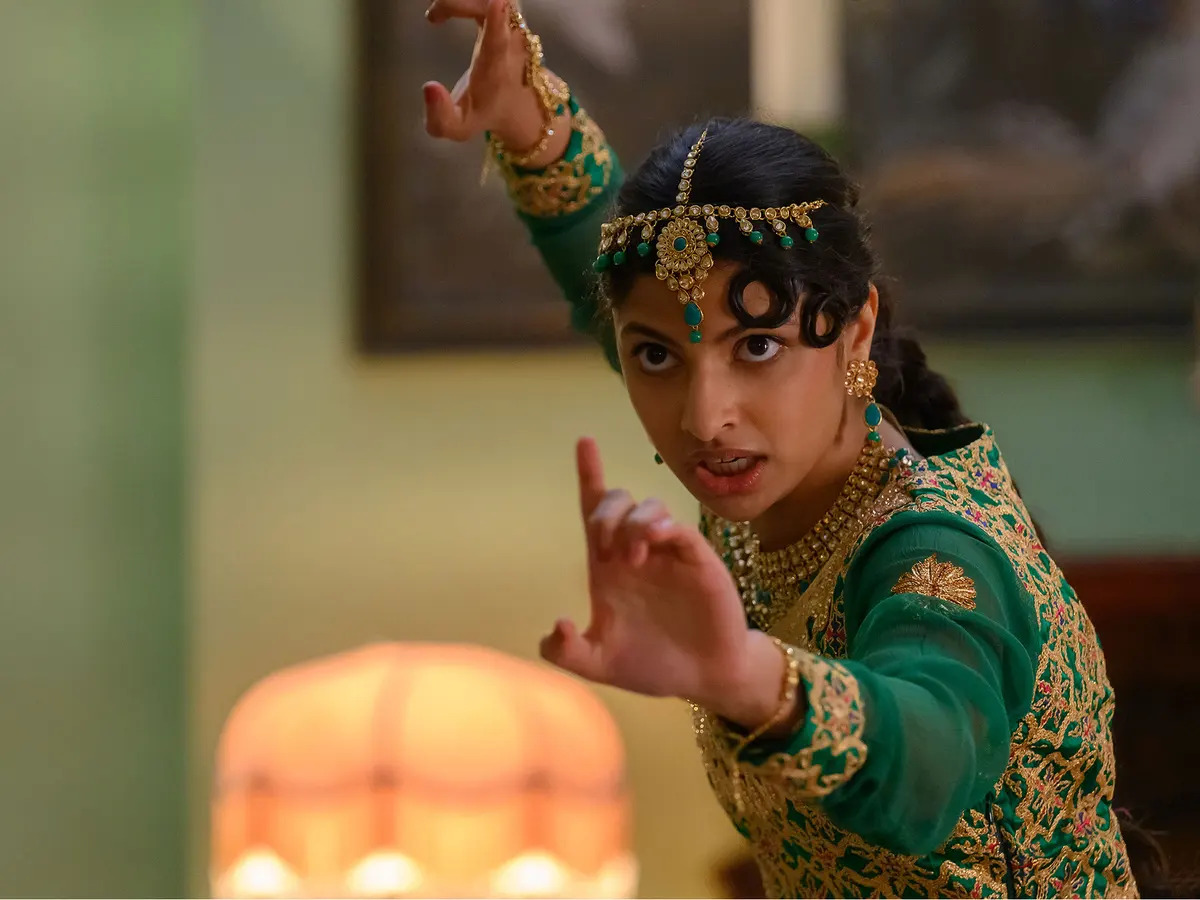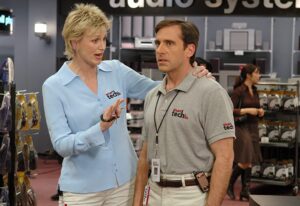Supercross
Posted on August 15, 2005 at 3:25 pm
B| Lowest Recommended Age: | 4th - 6th Grades |
| Profanity: | Brief profanity |
| Nudity/ Sex: | Mild sexual situation, some sexual references |
| Alcohol/ Drugs: | Drinking, reference to drug use |
| Violence/ Scariness: | Intense action scenes, some crashes and injuries |
| Diversity Issues: | Strong female characters |
| Date Released to Theaters: | 2005 |
I’ve got to give this movie some credit for its lack of pretense and the modesty of its goals. The title says it all. This movie is called “Supercross” and that’s exactly what it is. It’s pretty much just supercross racing — motorcycle cross-country racing on off-road tracks with added extreme man-made obstacles. That’s all there is to it.
Oh, there’s a little sprinkling of something sort of wispily plot-ish. There are some moderately attractive performers who appear to be portraying some sort of characters who have a few things to say to each other, fall in love, and learn some lessons in between races. But all of that has the good sense to stay out of the way of the movie’s theme and reason for being, which is, let me say it again, supercross. The movie’s brief running time (about an hour and 15 minutes) is mostly taken up with shots of motorcyle races, with lots of slo-mo jumps.
Two brothers make their living cleaning pools but live for racing motorcycles. KC (Steve Howey) is the “old school,” more conservative one, and Trip (Mike Vogel) is more impulsive risk-taker. KC gets a “factory ride” (corporate sponsor), but is disappointed to find out that they don’t want him to win — they just want him to clear away the competition so the boss’ son can be the first to cross the finish line. Trip competes as a “privateer” (without a sponsor), his bike provided by a man who has a pretty daughter who knows everything about motorcycle engines (Cameron Richardson).
Some romantic encounters, some sibling rivalry, some “what do I want out of life” moments, a brief appearance by a Teen Beat cover boy (singer Aaron Carter) and a lot of motorcyle jumps, races, and crashes later, it’s over before anyone has time to think too much. It’s got all the depth and insight of a video game, but it manages to stay out of the way of its minor pleasures by not trying to be more complicated than it needs to be.
Parents should know that there is brief bad language and characters drink (scenes in bar). There is a brief reference to drug use when someone advises a racer that there is no drinking or drug use permitted during training. There are some intense racing scenes, including crashes, and some injuries.
Families who see this movie should talk about the differences — and the similarities — between the brothers. Why did KC change his mind about the factory deal? What was the difference between what KC did for Rowdy and what Trip did for KC? What did it mean when Piper said, “It’s a good thing you don’t race this scared?”
Families who are interested can find out more about supercross and motocross racing. Families who enjoy this movie will also enjoy The Fast and the Furious and Days of Thunder.







